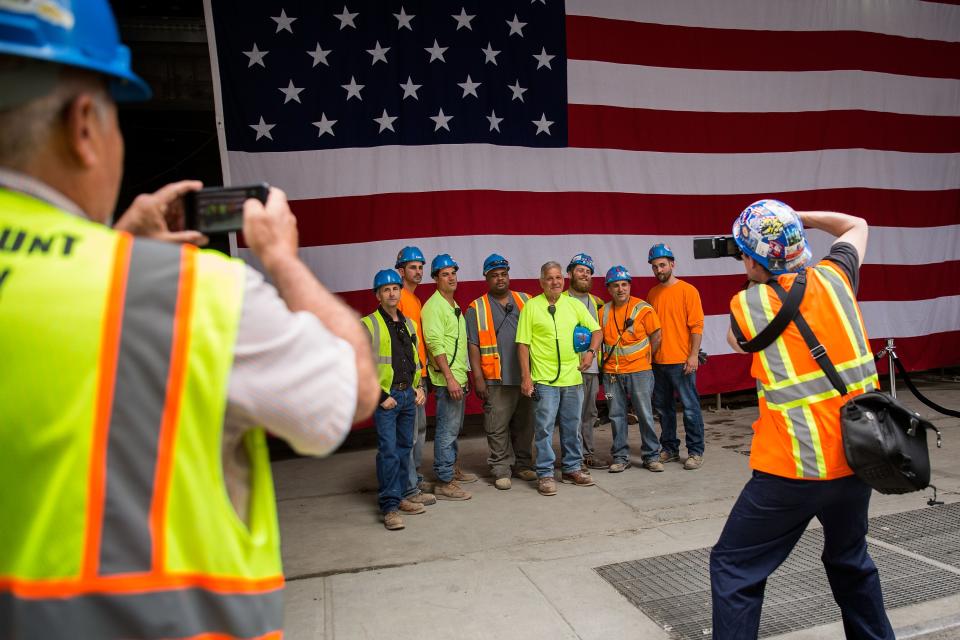America's shortage of workers is about to get 'much worse'
American companies can’t seem to hire workers fast enough.
And this problem isn’t going away anytime soon.
In August, data processing firm ADP reported that 237,000 jobs were added to the private sector during the month, topping expectations from Wall Street economists. According to ADP’s data, over 1.7 million jobs have been added since the start of the year.
“The job market continues to power forward,” said Mark Zandi, chief economist of Moody’s Analytics after Wednesday’s report was released.
“Job creation is strong across nearly all industries, company sizes. Mounting labor shortages are set to get much worse.”
As we wrote earlier this year, data has shown that not only have there never been more jobs available, but it’s never been harder to fill those roles.
In June, there were 6.16 million jobs open in the U.S., a record for the job openings and labor turnover data series — or JOLTS report — which dates back to 2001. As of July, it took 31 days for companies to fill a vacant opening, up from 23 days in 2006.

With American businesses still adding north of 200,000 jobs per month, those looking for qualified workers seem likely to remain disappointed unless they raise wages or change their expectations. Wages, notably, rose 2.5% over the prior year in July, a disappointment given the low level of unemployment (4.3% as of July).
And while economists often caution that the ADP report is not a great predictor of what the government’s official jobs data, due out on Friday morning, will show, Wednesday’s data add to continued strong news about the labor market.
“The ADP report continued the recent run of strong labor market indicators that have been reported across many of the related measures,” said Daniel Silver, an economist at JPMorgan. “We should keep in mind that the ADP report is not always a reliable predictor of the BLS data, and the signal from the ADP report is not totally independent from some of the other indicators… But overall, the recent data flow keeps us comfortable with our view that the BLS data on job growth will be strong in August.”
JP.Morgan forecasts August job gains will come in at 200,000 on Friday.
The latest ADP report also follows data from The Conference Board out Tuesday which showed that the percentage of consumers seeing jobs as “plentiful” is at its highest level since 2001. Additionally, overall consumer confidence is near its highest level in 16 years.
Michael Pearce, an economist at Capital Economics, noted Tuesday that, “In all, the resilience of consumer confidence this year in the face of the turmoil in the White House, the growing threat of nuclear war, and demonstrations on the streets is testament to how much economic conditions have improved in recent years.”
On Wednesday, we also learned that the economy grew at an annualized rate of 3%, better than the 2.6% rate previously reported and better than had been expected by economists.
—
Myles Udland is a writer at Yahoo Finance. Follow him on Twitter @MylesUdland
Read more from Myles here:

